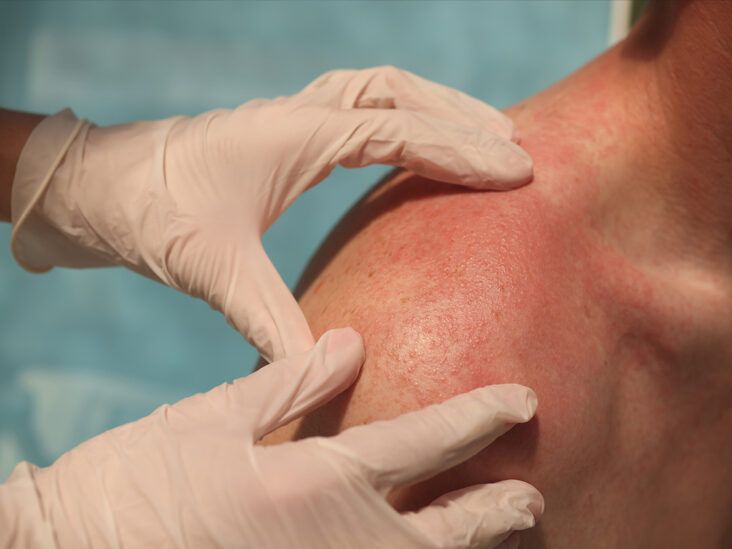Navigating Skin Cancer Therapy: The Vital Function of Mohs in Modern Dermatology Practices
Skin cancer cells, a challenging diagnosis, usually leaves patients grappling with various treatment choices. Amongst these, Mohs surgical procedure stands as a beacon in contemporary dermatology, renowned for its precise technique to cancer cells removal and conservation of bordering healthy and balanced cells. This innovative practice promises not only premium cosmetic results yet also provides immediate outcomes, alleviating client anxiousness. As we explore the complexities of this procedure, one will appreciate its crucial duty in skin cancer treatment.
Comprehending Skin Cancer Cells: Kinds and Risks
Skin cancer cells, a possibly dangerous ailment, is even more common than many individuals realize. This illness, triggered by the unrestrained growth of unusual skin cells, mostly arises from DNA damages as a result of exposure to the sun and ultraviolet (UV) light. There are three primary types of skin cancer cells: Basic cell cancer, Squamous cell cancer, and Cancer malignancy. While the former two are less deadly and comprise the bulk of detected instances, cancer malignancy is one of the most unsafe. It accounts for only about 1% of skin cancer cases but causes the large majority of skin cancer deaths - skin cancer. Danger aspects include fair skin, history of sunburn, excessive sun exposure, living at high elevations or near the equator, having several moles, a family members background of skin cancer cells, and deteriorated immune system.
What Is Mohs Surgery and Just How It's Reinventing Skin Cancer Treatment
Despite the various therapies presently available for skin cancer, Mohs surgery stands out as a groundbreaking and extremely efficient option. Called after Frederic E. Mohs, the medical professional that created the treatment, Mohs surgical procedure is a precise surgical technique used to treat skin cancer. This level of accuracy, incorporated with the ability to save as much healthy and balanced cells as feasible, is changing skin cancer cells therapy.
The Benefits of Mohs Surgical Procedure Over Conventional Skin Cancer Treatments
Structure on the cutting-edge nature of Mohs surgery, it's critical More Help to consider its various benefits over traditional skin cancer therapies. Unlike standard procedures, Mohs uses a greater cure rate, commonly reaching 99% for novice therapies and 94% for recurrent cancers cells. In addition, it minimizes damage to healthy and balanced skin, leading to much less scarring and improved cosmetic results.
The Treatment of Mohs Surgery: What to Anticipate Throughout the Refine

Potential Side Results and Post-Operative Care of Mohs Surgical Treatment
Undergoing Mohs surgical procedure, like any various other operation, entails potential side impacts that patients ought to understand. Typical side results include discomfort, wounding, and swelling at the surgical procedure site. These are usually momentary and convenient with over-the-counter pain medication and ice packs. In unusual cases, clients might experience infection, blood loss, or a sensitive response to the anesthetic. Post-operative care is vital to recovery and reducing negative effects. This typically involves keeping the wound clean and completely dry, taking prescribed medicines, and preventing arduous activities. Clients must likewise participate in all follow-up consultations for wound care and tracking. In some situations, added treatments may be required to make sure total elimination of the check this site out malignant cells. Abiding by these post-operative care standards can significantly enhance healing and results.
Conclusion
